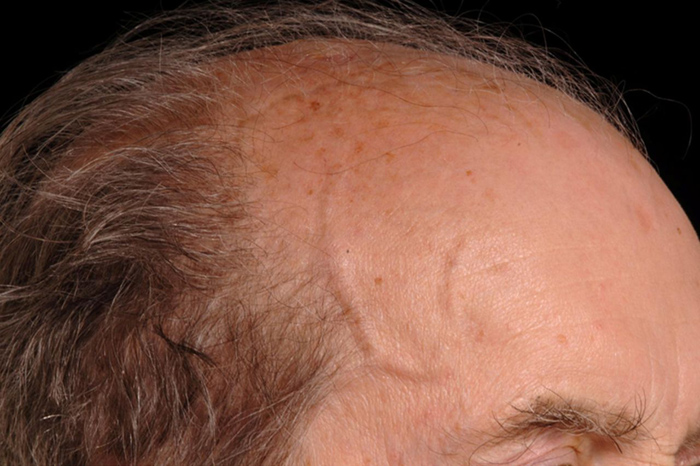
Giant cell arteritis is a systemic granulomatous vasculitis of medium- and large-sized arteries, most notably the temporal artery and other branches of the carotid artery, characterized by headaches, fatigue, fever, anemia, and high ESR, in elderly patients.
Causes of Giant Cell Arteritis
Systemic vasculitis of multiple medium- and large-sized arteries. Symptoms secondary to ischemia.
Symptoms of Giant Cell Arteritis
Patients notice symptoms rather suddenly and, in two thirds of cases, experience headaches (often burning or sharp, stabbing pains) that can be severe and are felt mainly over the temple area but can be at other regions, for example, at the back of the head.
Diagnosis
Clinical appearance verified by biopsy of temporal artery.
Treatment
Prednisone Initially, 40 to 60 mg/d; taper when symptoms abate; continue 7.5 to 10 mg/d for 1 to 2 years.
Methotrexate Observations indicate that low-dose (15 to 20 mg) methotrexate, once a week, may have a considerable glucocorticoidsparing effect in giant cell arteritis.
References